Diederik Aerts9810248474, 9789810248475, 9789812778024
Table of contents :
CONTENTS……Page 6
Probing the Structure of Quantum Mechanics……Page 8
References……Page 21
1 Introduction……Page 27
2 Quantum Axiomatics……Page 29
3 The Representation Theorem……Page 36
4 The Two Failing Axioms of Standard Quantum Mechanics……Page 40
5 Attempts and Perspectives for Solutions……Page 46
References……Page 51
1 Introduction……Page 54
2 A Single Spin 1/2 System……Page 56
3 The Separated Product of Two Spin 1/2 Systems……Page 62
4 The Orthogonality Relation……Page 68
5 Sasaki Regularity……Page 70
6 Discussion……Page 73
References……Page 75
1 Introduction……Page 78
2 Foundations of the Formalism……Page 84
3 Classical and Quantum Entities……Page 90
4 Pre-Order Structures……Page 94
5 Experiments And Preparations……Page 96
6 Meet Properties and Join States……Page 102
7 Operationality……Page 106
8 Conclusion……Page 111
References……Page 112
1 Introduction……Page 118
2 The e-Model……Page 119
3 Structures on the Set of Properties……Page 122
4 Physically Denned Orthogonality Relations……Page 126
5 The N-Model: A Model with Vanishing State Transitions in the Classical Limit……Page 130
6 The G-Z Orthogonality Relation for a General Physical System……Page 132
References……Page 135
1 State Property Systems and Closure Spaces……Page 137
2 Super Selection Rules……Page 143
3 D-classical Properties……Page 144
4 Decomposition Theorem……Page 147
5 Closed Subspaces and ap-Subsystems……Page 149
6 The D-classical Part of a State Property System……Page 151
References……Page 154
1 Introduction……Page 156
2 Prerequisites from Convex Geometry……Page 158
3 Basic Assumptions……Page 161
4 Axioms for Contextual Interactions……Page 162
5 Conclusion……Page 169
References……Page 170
1 Introduction……Page 172
2 Previous Attempts……Page 174
3 A New Hidden Variable Model……Page 176
4 Experimental Measurement of Temporal Correlations……Page 179
5 Conclusion…….Page 193
6 Appendix……Page 194
References……Page 208
1 Introducing the Problem……Page 212
2 Subset Probability……Page 218
3 Reality as a Special Case of Probability……Page 224
4 SEP: The Category of State Experiment Probability Systems……Page 227
5 The Categories SEP and SP……Page 230
References……Page 234
1 Introduction……Page 237
2 Quantum Computation: Main Concepts……Page 239
3 Intermediate Models Between Quantum and Classical……Page 245
4 Computers ‘Between Quantum and Classical’……Page 249
5 Conclusions……Page 251
References……Page 252
1 Introduction……Page 255
2 Buckley-Siler connectives for classical observables……Page 257
3 Generalization of Buckley-Siler approach to the case of fuzzy sets with no underlying sample space……Page 261
4 Buckley-Siler connectives for spin-1/2 observables……Page 263
References……Page 265
1 Introduction……Page 266
2 The EPR-Situation……Page 270
3 Some Causal Influences Do Not Propagate……Page 275
4 Non-Separable Physical Entities Not Situated in Space……Page 279
5 The Creation-Discovery View……Page 280
6 Are Quantum Entities Individuals?……Page 287
7 Is The Creation-Discovery View a Scientific Realism?……Page 289
References……Page 291
2 The Mach-Zehnder interferometer considered as a unitary transformation……Page 294
3 Encoding protocol……Page 296
4 Decoding protocol……Page 297
5 A realistic variant of the technique……Page 298
References……Page 301
1 Introduction……Page 303
2 Quantum Cryptography……Page 304
3 Some Technological Limitations of the Quantum Technique……Page 308
4 A Semi-Classical Technique……Page 310
5 Comparison of the Quantum and Semi-Classical Protocols……Page 318
6 Generalisations of the Protocol……Page 323
References……Page 329
1 Introduction……Page 331
2 A Systematic Method to Generate Darboux-Invariant Lax Pairs……Page 333
3 Examples of Darboux-Invariant Equations……Page 336
4 A Nonisospectral Case……Page 338
5 The Darboux-Backlund Transformation……Page 339
6 Conclusions……Page 340
References……Page 341
1 Introduction……Page 342
2 Darboux-Integrable Equations……Page 345
3 Examples……Page 347
4 Binary Darboux Transformation……Page 350
5 The Main Theorem……Page 353
6 Conclusions……Page 358
References……Page 359
1 Introduction……Page 361
2 Darboux Transformations in Associative Ring with Automorphism……Page 362
3 Stationary Equations as Eigenvalue Problems and Chains……Page 364
4 Joint Covariance of Equations and Nonlinear Problems……Page 366
5 Non-Abelian Hirota System……Page 368
6 Nahm Equations……Page 371
References……Page 373
1 Introduction……Page 375
2 Classical Electromagnetism……Page 378
3 Quantum Description……Page 383
4 Fock Representation……Page 387
5 Poincare Invariance……Page 388
6 Conclusions……Page 394
Appendix A: Covariance Systems……Page 396
Appendix B: Smeared-out Field Operators……Page 397
Appendix D: Existence of the Vacuum State……Page 398
Appendix E: Unitary Representation of the Group of Shifts……Page 399
References……Page 400
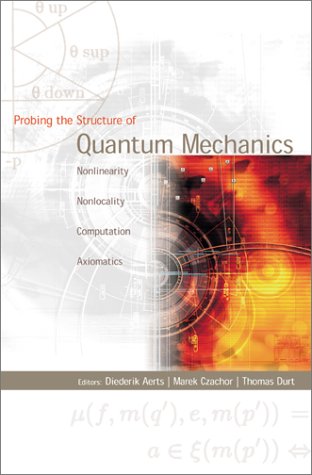
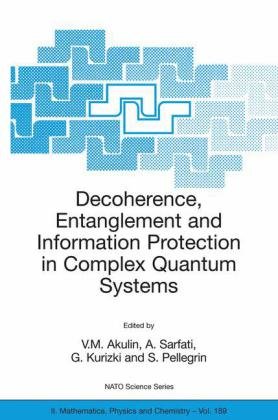

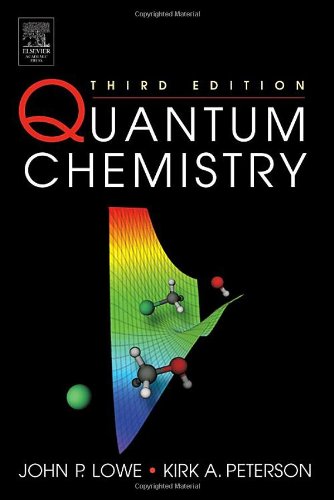

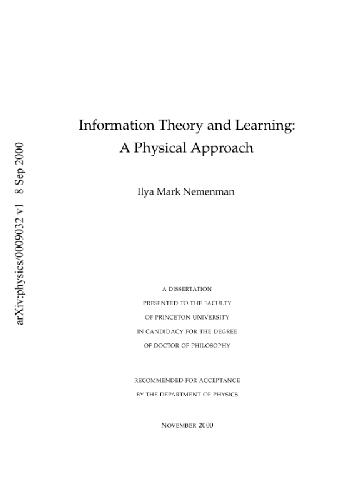
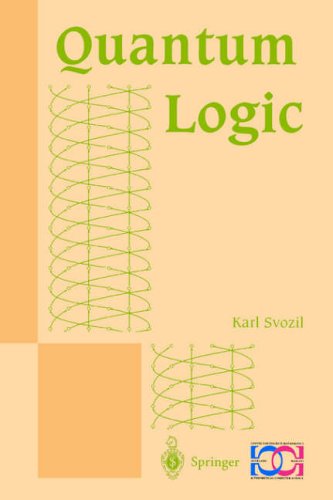
Reviews
There are no reviews yet.